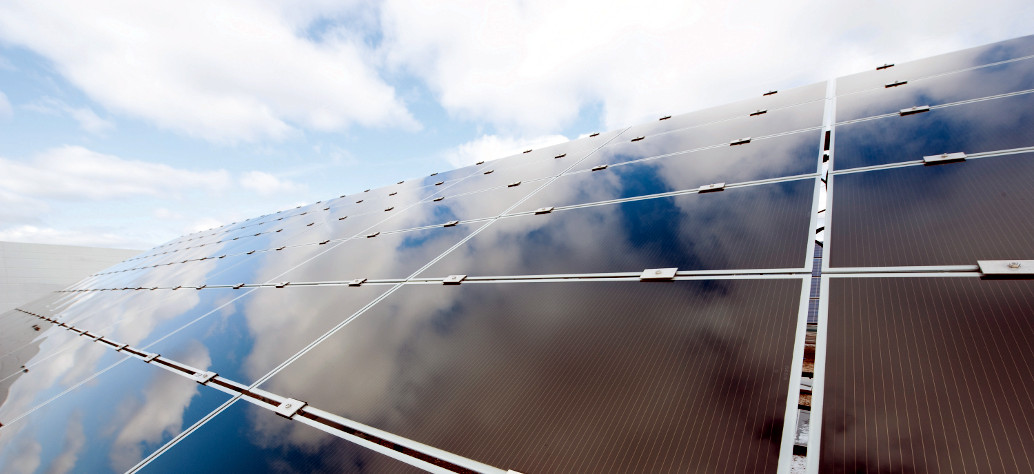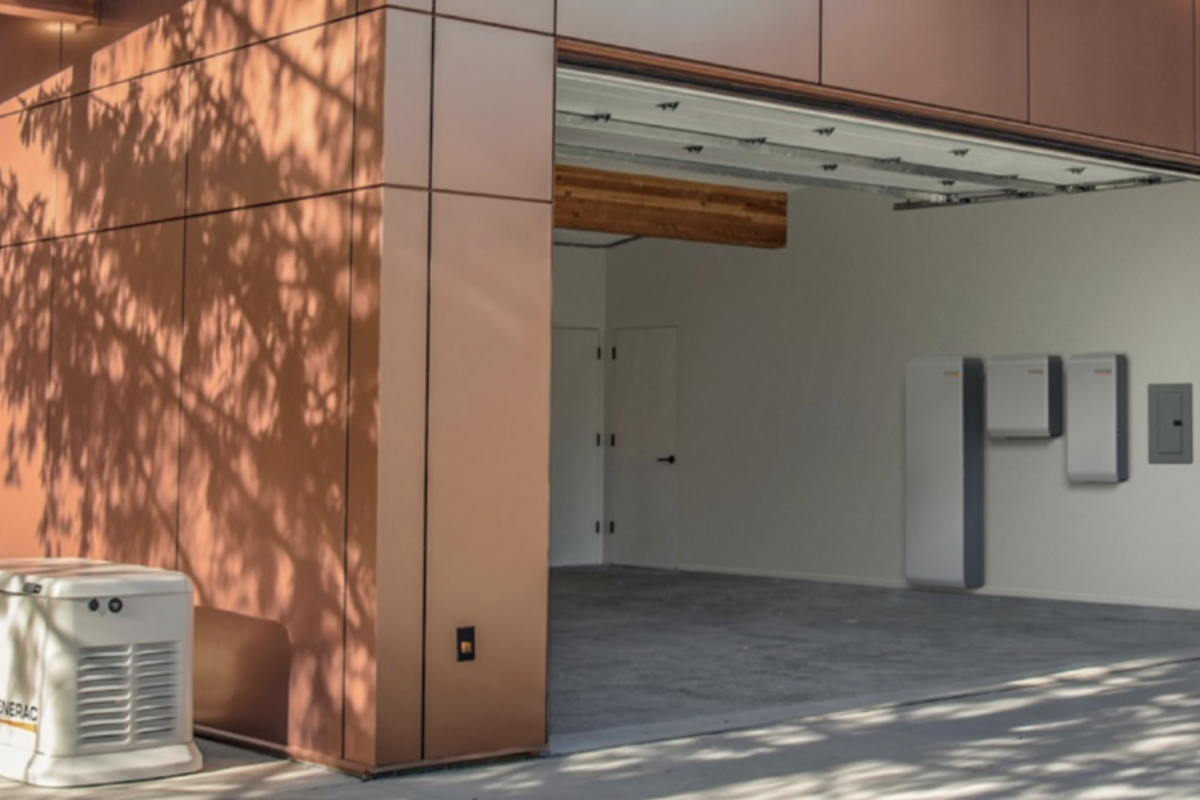It seemed that the era of super-large PV plants was over in the United States. In a competition reminiscent of early 20th century skyscrapers, for years developers raced to have the most massive plants covering thousands of acres, with some projects coming in at more than 500 MW, mostly in the deserts of California and the American Southwest.
But as many of these sites were in pristine deserts, conservationists pushed back, and especially in California many of these projects were stopped in the courts. Developers learned to move to disused farmland and other previously disturbed land, and began to focus on smaller projects in the 20-50 MW range.
But now First Solar is back with another mega-project, this time in the South. A 30-year power contract for an enormous 200 MW-AC solar project planned by the company for Twiggs County in Central Georgia has been approved by Georgia regulators, as one of several awarded under Georgia Power’s latest solicitation through its Renewable Energy Development Initiative (REDI).
The project will be one of the first to utilize First Solar’s large-format Series 6 modules, mounted on single-axis trackers. The first Series 6 module rolled off the production line in December, and First Solar expects to have manufactured around 1 GW of Series 6 product by the end of 2018.
First Solar’s internal construction team will build the project, with work planned to start in November. The company notes that, when complete, the 2,000-acre plant will be the largest in the U.S. South, however, pv magazine has not heard of any projects larger than this anywhere East of the Mississippi River. As such, this is likely the largest project in the eastern third of the United States.
One reason for this is land settlement patterns. While the South does not offer the vast expanses of open desert that are found in the West, its agriculture developed more through large plantations than the smaller family farms standard in the northeastern United States.
This means that larger plots of available land under a single owner are more widely available. Additionally, as the region’s economy was traditionally based on agriculture, and not as much industry as the Northeast, population densities are lower.
This content is protected by copyright and may not be reused. If you want to cooperate with us and would like to reuse some of our content, please contact: editors@pv-magazine.com.



By submitting this form you agree to pv magazine using your data for the purposes of publishing your comment.
Your personal data will only be disclosed or otherwise transmitted to third parties for the purposes of spam filtering or if this is necessary for technical maintenance of the website. Any other transfer to third parties will not take place unless this is justified on the basis of applicable data protection regulations or if pv magazine is legally obliged to do so.
You may revoke this consent at any time with effect for the future, in which case your personal data will be deleted immediately. Otherwise, your data will be deleted if pv magazine has processed your request or the purpose of data storage is fulfilled.
Further information on data privacy can be found in our Data Protection Policy.